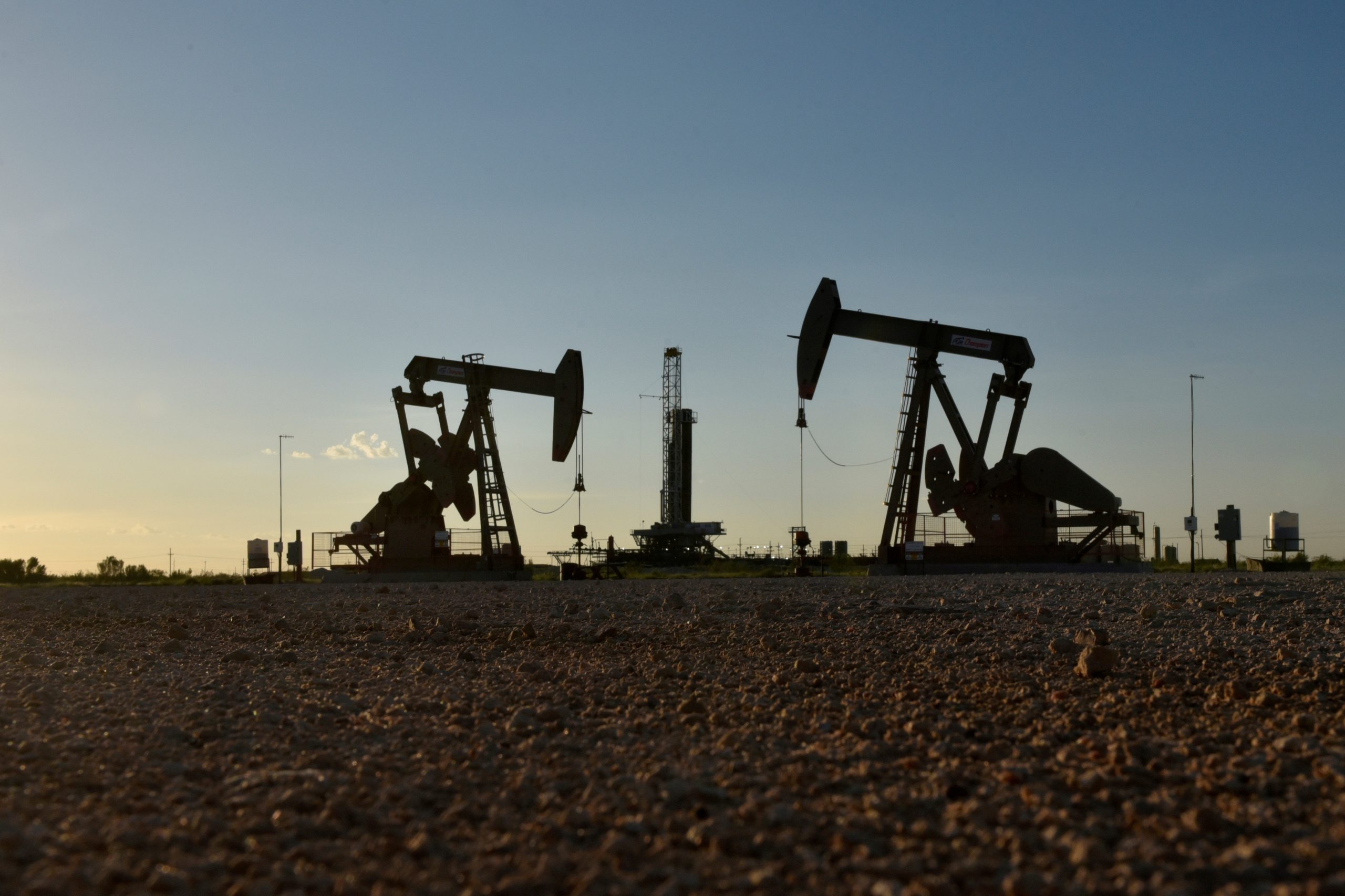
[elfsight_social_share_buttons id=”1″]
U.S. energy firms this week added oil and natural gas rigs for a second week in a row as high oil prices encourage firms to drill more.
The oil and gas rig count, an early indicator of future output, rose 9 to 779 in the week ending on Nov. 11, its highest since March 2020, energy services firm Baker Hughes Co said in its closely followed report on Friday.
U.S. oil rigs rose 9 to 622 this week, their highest since March 2020, while gas rigs held steady at 155.
Even though the rig count increased during most months over the past two years, weekly increases have averaged zero since the start of the pandemic in March 2020. This helped to keep oil production below record levels seen before the pandemic, as many companies focus more on returning money to investors and paying down debt rather than boosting output.
The U.S. Energy Information Administration (EIA) cut its forecast for next year’s crude output growth by 21%, days after heads of oil producers warned of persistent inflation and supply chain constraints.
U.S. crude production was on track to rise from 11.3 million barrels per day (bpd) in 2021 to 11.8 million bpd in 2022 and 12.3 million bpd in 2023, according to federal energy data. That compares with a record 12.3 million bpd in 2019.
But with oil prices still up about 17% so far this year after soaring 55% in 2021 — and pressure from the government to produce more — several energy firms have said they plan to boost spending for the second year in a row in 2022 after cutting drilling and completion expenditures in 2019 and 2020.
U.S. financial services firm Cowen & Co said the independent exploration and production (E&P) companies it tracks plan to boost spending by about 40% in 2022 versus 2021 (up from 38% last week) after increasing spending by about 4% in 2021 versus 2020.
That follows a drop in capital expenditures of roughly 48% in 2020 and 12% in 2019.
Some analysts, however, have noted that even when energy firms do boost their capital expenditures, it was not necessarily to increase production but was instead being spent on more expensive pipes and other equipment and rising labor costs due to soaring inflation and supply disruptions.
Copyright 2022 Thomson/Reutes
